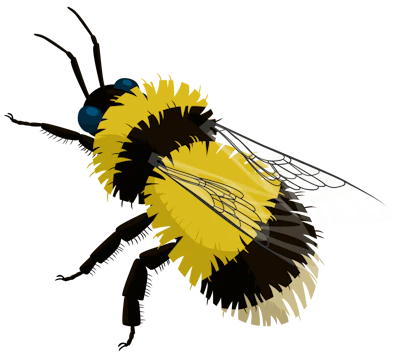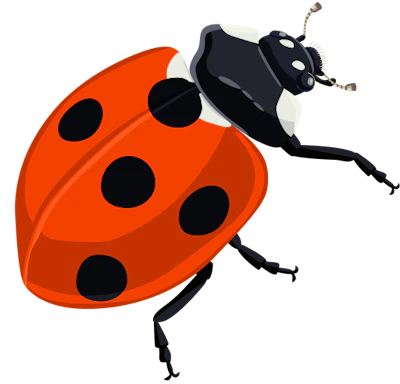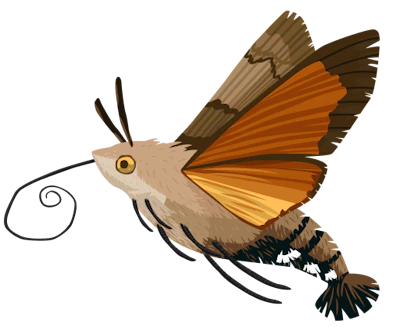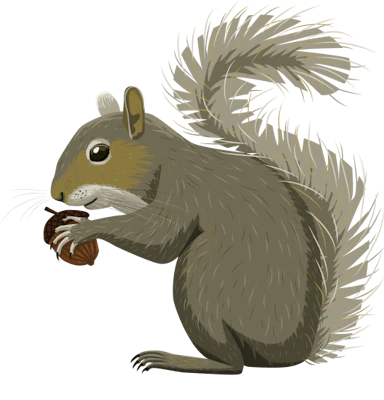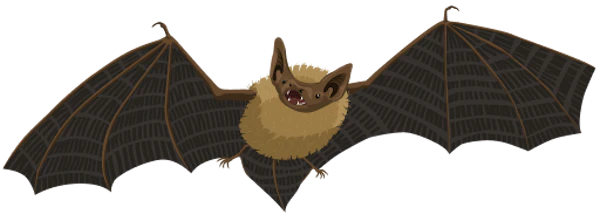
Common Pipistrelle Bat
Tiny bat, big appetite, night's little acrobat.
Who am I?
This niche is big enough for both of us (we’ll do the night shift…).
The Common Pipistrelle is commonly seen at dusk in rural and urban spaces, hunting for flying insects like midges, lacewings, greenfly with wings, moths, and mosquitoes, using echolocation calls. These also enable them to navigate in the dark.
They’re small enough to fit inside a matchbox, yet eat up to 3,000 insects a night! One moth they can’t ‘echolocate’ is the White Ermine Moth, who hides by emitting ultrasonic vibrations to cancel out bat echolocation signals.
In winter, when insects are scarce, they hibernate, often in buildings behind roof tiles, within cavity walls, and in loft spaces. These also provide roosting spots during daylight hours.
Swift, who occupy the same ecological niche, working the day shift, swooping around and eating many of the same insects while bats sleep, have also adapted to nest in buildings. Buildings replace nesting or roosting sites such as caves or hollow trees. It’s good to know human presence provides opportunities, not just challenges, for other members of our multi-species community.

Miles Irving
Foraging Expert
3.5-5 cm
Body Length
20-25 cm
Wingspan
3,000
Insects Eaten/Night
Find out more
I hunt small insects around the living wall at dusk, using echolocation to navigate and help control the insect population.
 Did You Know
Did You KnowDid you know
Click here to find out a fun fact about the Common Pipistrelle Bat
More Species
Get to know more species local to the wall.
